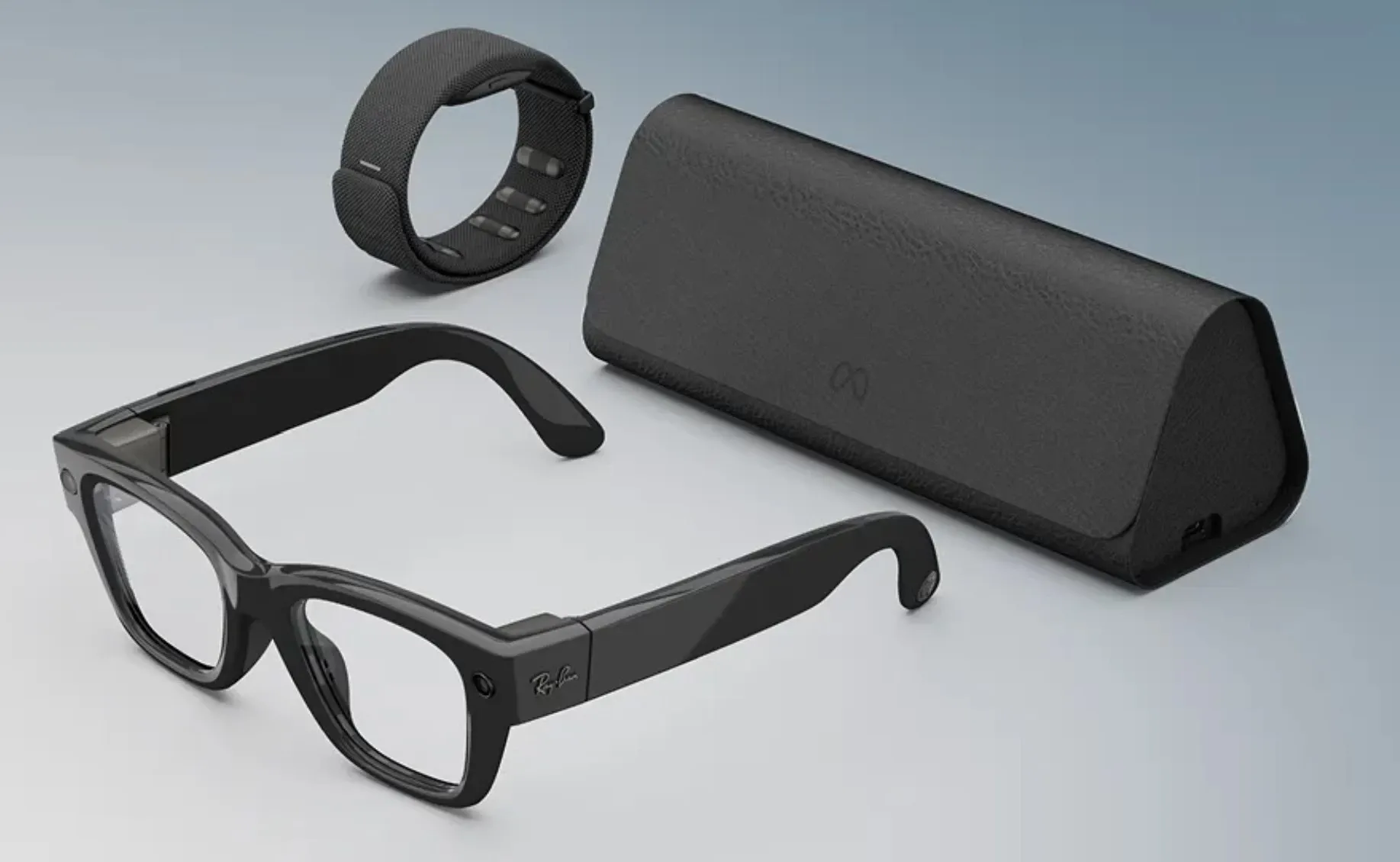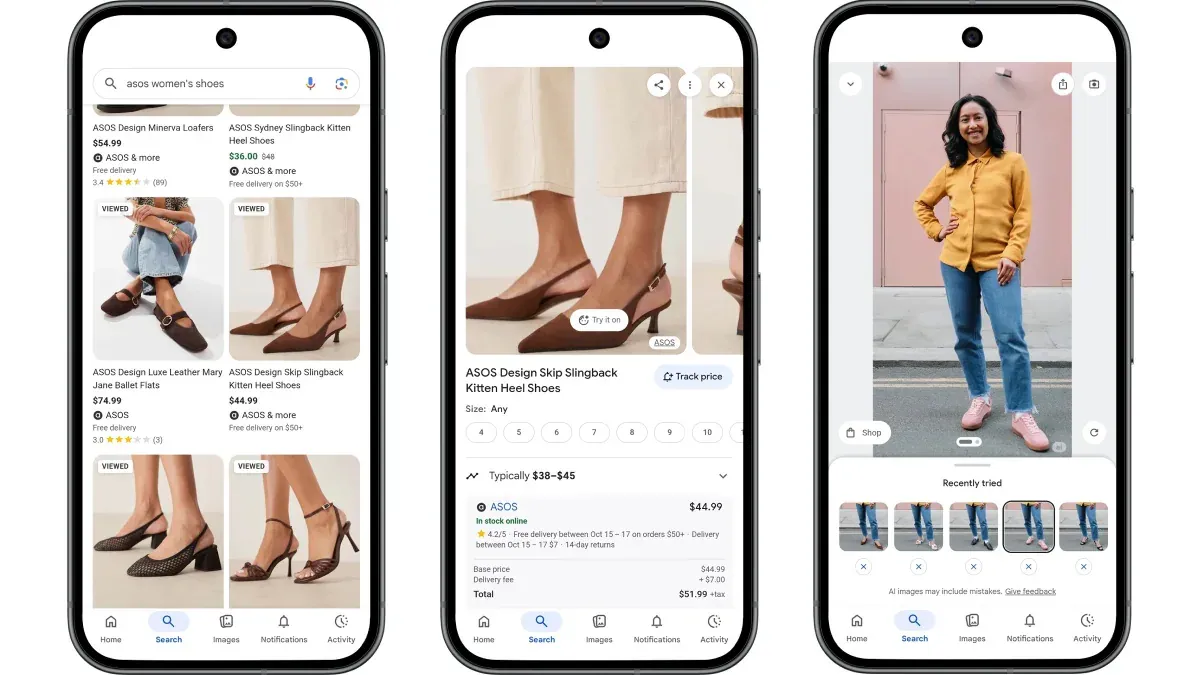Meta’s Trojan Horse: Why Ray-Ban Display Aims Beyond iPhone

At first glance, it looks like a pair of Ray-Ban Wayfarers. The same silhouette that has sat on noses since James Dean. But this version costs $799 and hides two pieces of technology that turn it into something else entirely: a 5,000-nit color display tucked into one lens, and a neural wristband that reads the twitch of your muscles to control apps without a sound.
This is the Ray-Ban Display, unveiled by Meta as the latest step in a long, sometimes mocked, sometimes visionary journey into wearable computing. Unlike the bulky headsets chasing immersion, Meta’s glasses aim for something subtler. They don’t ask you to strap a computer on your face. They ask you to slip on a pair of sunglasses, walk outside, and forget that you’re already living in the future.
The Details Behind the Glass
The technology inside is modest on paper but ambitious in its intent. The display embedded in the right lens runs at 600 by 600 resolution with a 20-degree field of view. It refreshes at up to 90 hertz, though most applications run at 30, and it can blaze at 5,000 nits—bright enough to cut through direct sunlight, something most AR headsets can’t handle. Transition lenses and adaptive dimming help the screen adjust seamlessly indoors and out.





